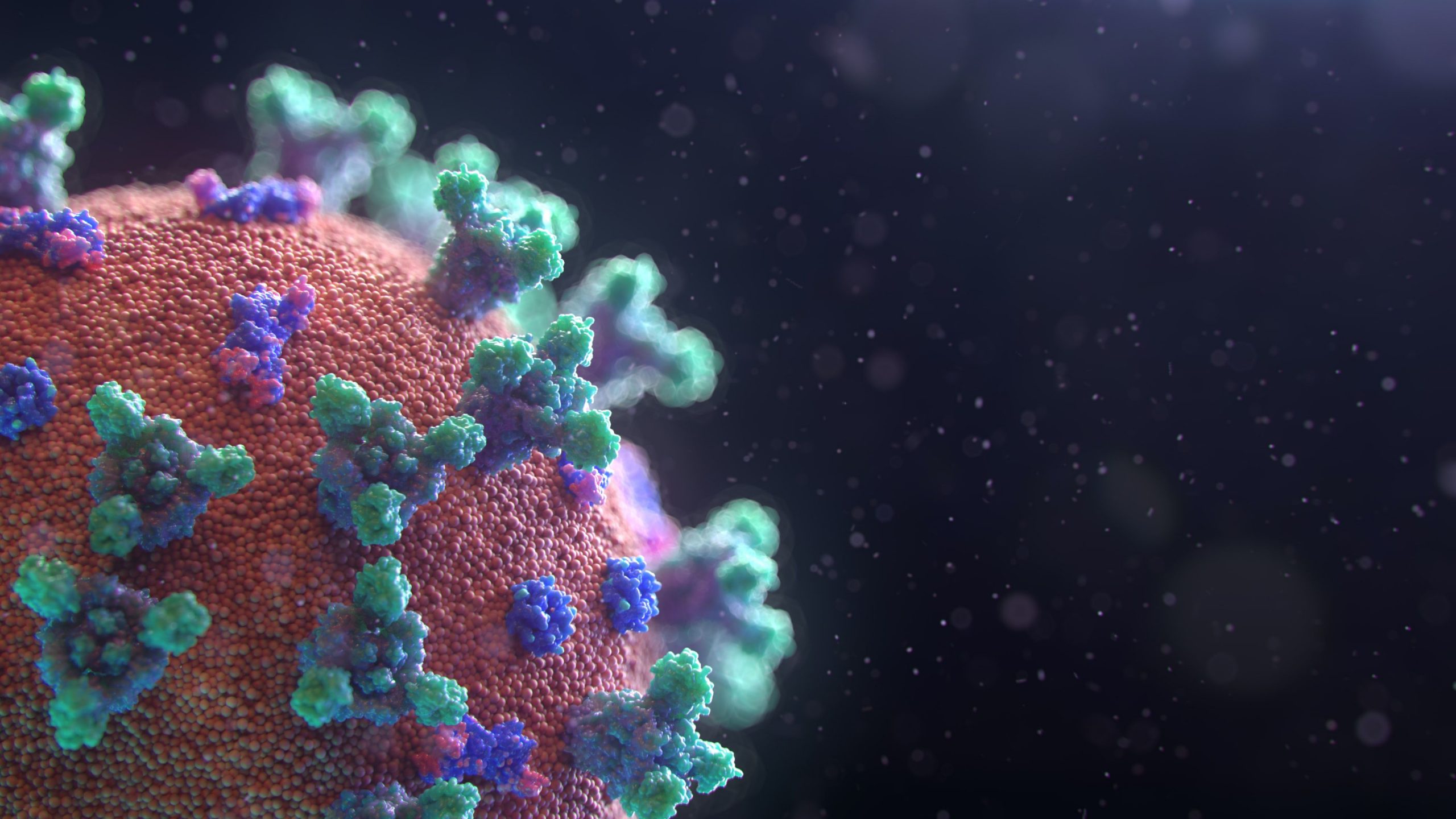The COVID-19
pandemic has raged on for over two years now and there is little sign it will end
anytime soon. While vaccines have helped curb spread and prevent fatalities,
new variants of the coronavirus, with mutations that make them more
transmissible and vaccine-resistant, continue to drive fresh outbreaks.
Also Read | One nasal droplet of coronavirus can get you infected with COVID-19: Study
The new
omicron subvariant known as BA.2 has become the latest threat in the fight
against the pandemic. The variant has been found in at least 57 nations, according
to the World Health Organisation (WHO) and makes up nearly half of all Omicron
sequences gathered.
Here’s all
you need to know about the subvariant BA.2:
Transmissibility:
There are
indications that BA.2 is more transmissible that the omicron variant, whose rapid
spread saw it surpass delta and become the globally dominant variant, according
to a Bloomberg report. In Denmark, a study on 8,500 households in December and January
found people infected with BA.2 spread the virus to an average 39% of
susceptible household members. For the omicron variant, that number was 29%.
Also Read | South Africa’s Afrigen makes COVID-19 vaccines using Moderna sequence
Threat:
Omicron and
its subvariants have so far seemed less likely to cause severe illness,
particularly in vaccinated individuals. WHO said that BA.2 does not appear any more
dangerous than omicron, based on data from Denmark, where a spike in BA.2 cases
has not led to an increase in hospitalisations.
How effective are vaccines against it?
According
to data, vaccines are equally as effective against BA.2 as they were against
the original omicron variant. Earlier studies found that some COVID vaccines fail
to prevent infection caused by the omicron variant, but significantly reduced
the risk of severe disease. Although the subvariant appears to be even more
transmissible than omicron, findings from UK health authorities have found vaccines
to be effective. Vaccines reduced cases by 13% 25 weeks or more after the
second dose, and that efficacy rises to 70% two weeks after a booster dose.
Also Read | Indian scientists create new self-disinfecting, biodegradable COVID masks
How are BA.2 and omicron different?
BA.2 and omicron
differ by around 40 mutations, with the former having a key difference in the spike
region, making for enough variation to make them behave differently.
Its impact on the pandemic:
Researchers
are still trying to fully understand BA.2 as they try and prepare for future variants,
with some experts believing that latest variant will prolong the omicron wave. Slower
decline in cases might lead to a rise in hospitalisations and can particularly threaten
countries with lower vaccination rates.







